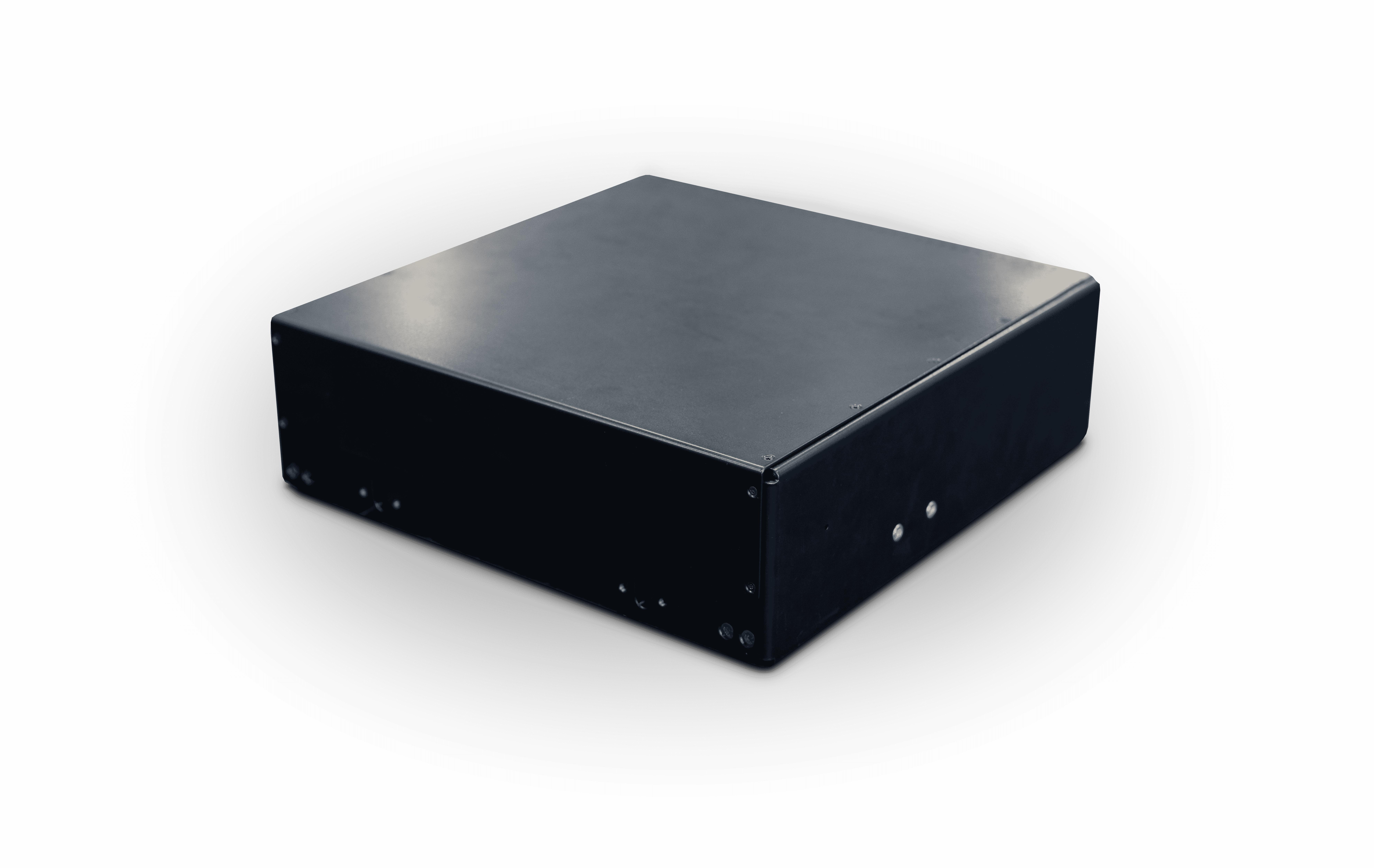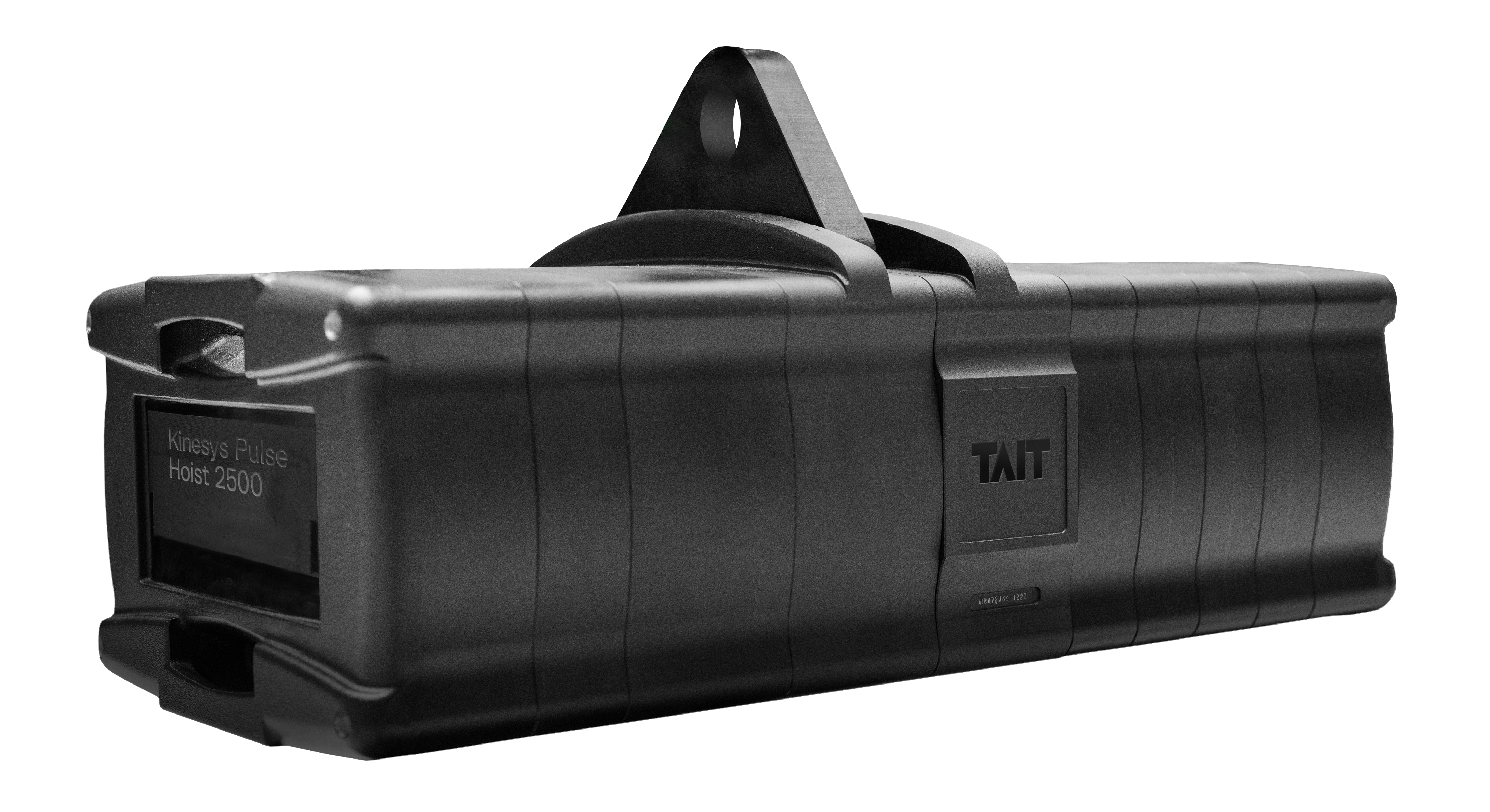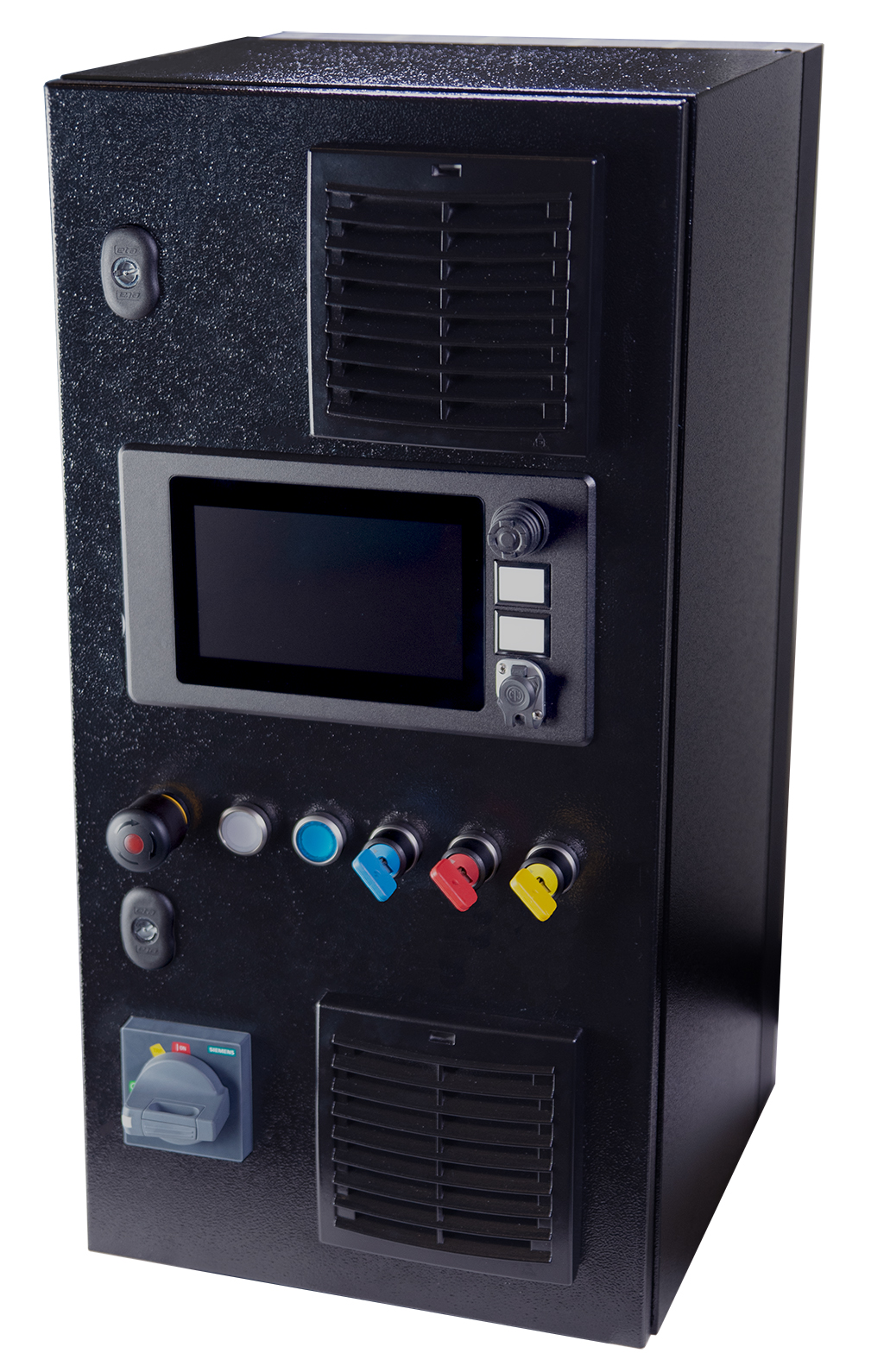Mains adaptors, what is legal and what is not?
Before we even get into this subject it comes with a warning. If you are ever in doubt as to what is safe and what isn’t then STOP. Go and find or call an expert who can advise you properly on what you should be doing. Electricity is just too dangerous to be guessing about, even more so at three-phase which is what you will often be confronted with.
Always check that what you are doing complies with your local electrical codes and regulations as these vary around the world. The information in this article applies to most territories but unfortunately there are too many for us to check them all. The USA will have seperate codes for each state for example, so there’s fifty to start with.
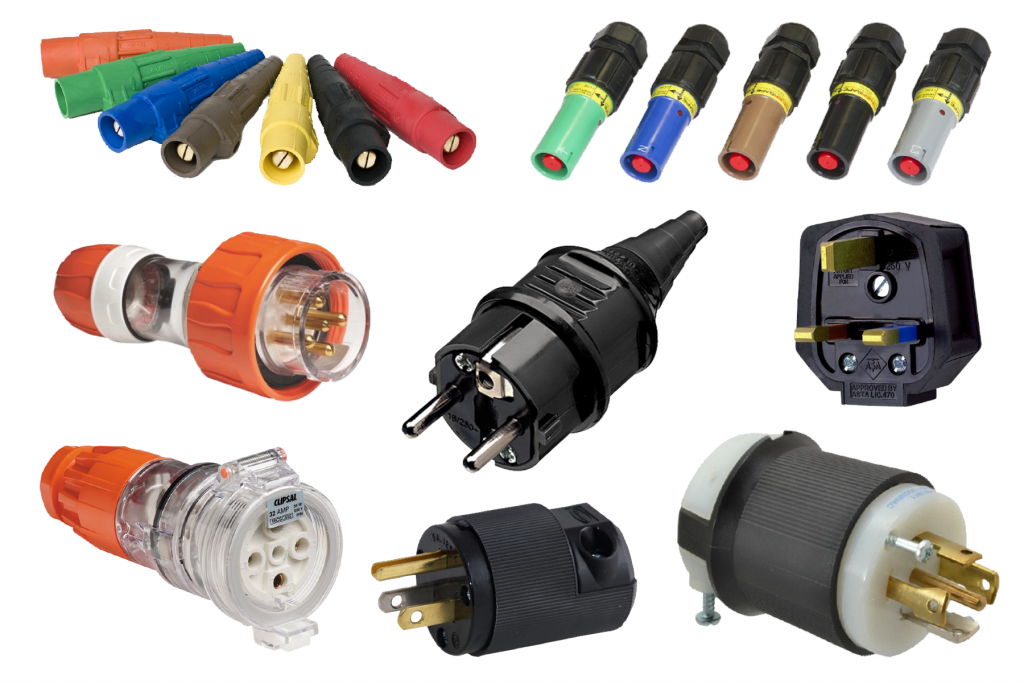
This article isn’t the definitive comment on how to work with electricity and mains safely but there are definitely a few very definite Do Nots you should know.
If you have ever arrived on site to find that the power socket allocated to you is different to the type on the back of your equipment then you are not alone.
This is a more common occurrence then it really should be but that doesn’t help you if you are in that situation.
What you need is an adaptor to get you from one size to the other. The solution offered is often simply a piece of cable with the appropriate connectors at each end to allow you to connect things together. However depending on which way around your mis-match is this is either perfectly acceptable or potentially lethal.
Which is the safe way around?
If the socket on the wall has a lower current rating than the piece of equipment you are trying to power then it is electrically safe to use a simple adaptor cable to plug it in. That however doesn’t guarantee that your equipment will work properly. If you have a chain hoist controller with a 32A plug on the back then plugging into a 16A socket will work with a limited number of hoists but if you try to use the full complement the controller can support you will probably find the 16A circuit breaker will do its job and trip to protect itself. 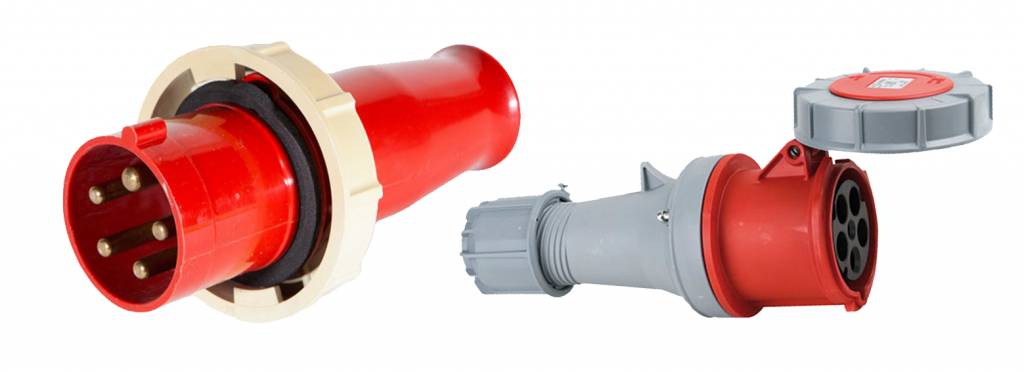
There is also a practical limit to how much difference in connector size can be solved with a simple piece of cable. A cable with cores small enough to fit into a 16A plug will not be safe to wire into a 63A or 125A socket that is built to accept cores with a minimum core size larger than you will be using. In reality the chances of your equipment working with such a small supply is debatable anyway.
The first principles behind this are easy to remember. As you work your way upstream (from your equipment towards the generator or sub-station) there must always be a circuit breaker rated at the same or lower than the capacity of the cable and piece of equipment before it. If there were to be a short circuit in that equipment or cable then the protecting circuit breaker must trip before a current greater than it is designed for is allowed to pass.
What about the other way around?
The most common ‘illegal’ adaptor around is probably the 63A to 32A adaptor cable. This enables a piece of equipment rated for 32A to be plugged into a 63A supply. This is dangerous because a fault in the equipment could cause currents greater than 32A to attempt to flow. With only a 63A circuit breaker to protect it there is a possibility of a current between 32A and 63A flowing continuously through that fault. As long as it stays below 63A nothing will stop the power flowing until, most likely, something melts or burns out creating a potential fire risk.
Conclusion
In the first instance always try to make sure that what is supplied by the venue or generator matches what you need.
Your next choice is proper power distribution equipment. It should be fitted with connectors that match both the incoming supply as well the connections to your equipment and with circuit breakers in between to protect your equipment.
As a last resort, and only if the supply on the wall is smaller than your equipment’s input connector, you can use an adaptor cable.
Remember never plug into a socket capable of providing more power than your equipment is designed to use unless there is a circuit breaker in between of the correct type to protect your equipment.
Sign up to our newsletter to find out the latest on us, our products, support and applications.

